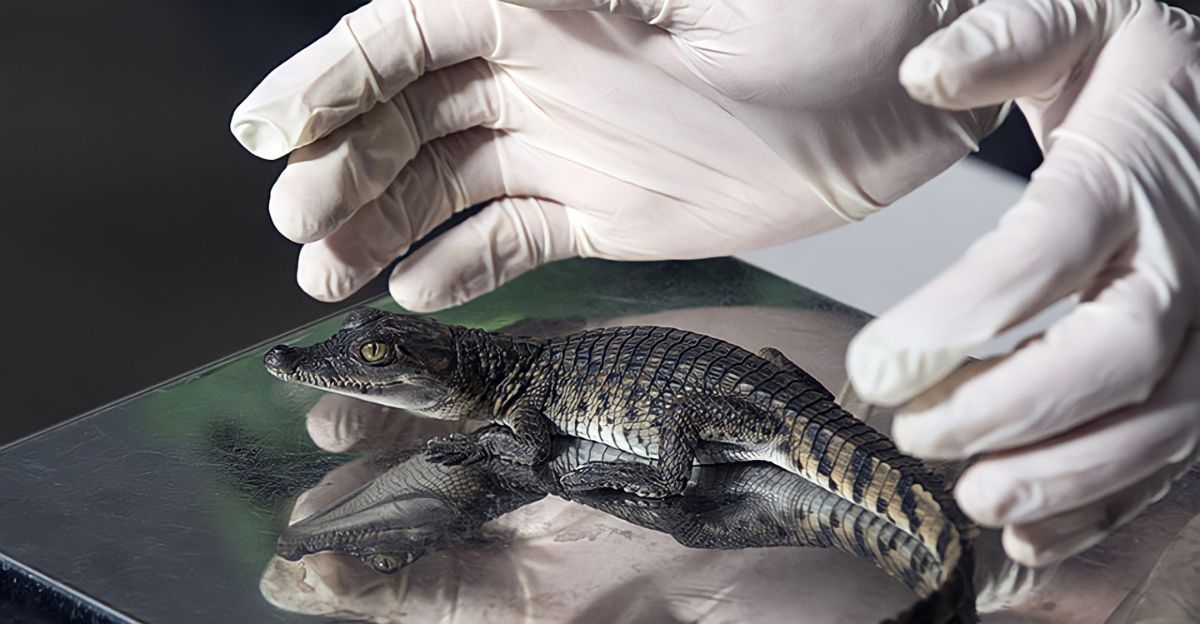
Biodiversity in America faces a critical decline, with wildlife populations dropping 69% since 1970 and over one million species threatened globally. This loss threatens ecosystem health, economic stability, and human well-being, as biodiversity underpins clean water, food security, and climate resilience.
Despite this grim backdrop, conservation efforts paradoxically continue to save species and restore habitats. The U.S. grapples with balancing rapid habitat loss, climate change, invasive species, and pollution, yet targeted policies and community actions provide hope. Understanding this complex crisis is vital to sustaining America’s natural heritage and global biodiversity.
National Conservation Goals and Initiatives
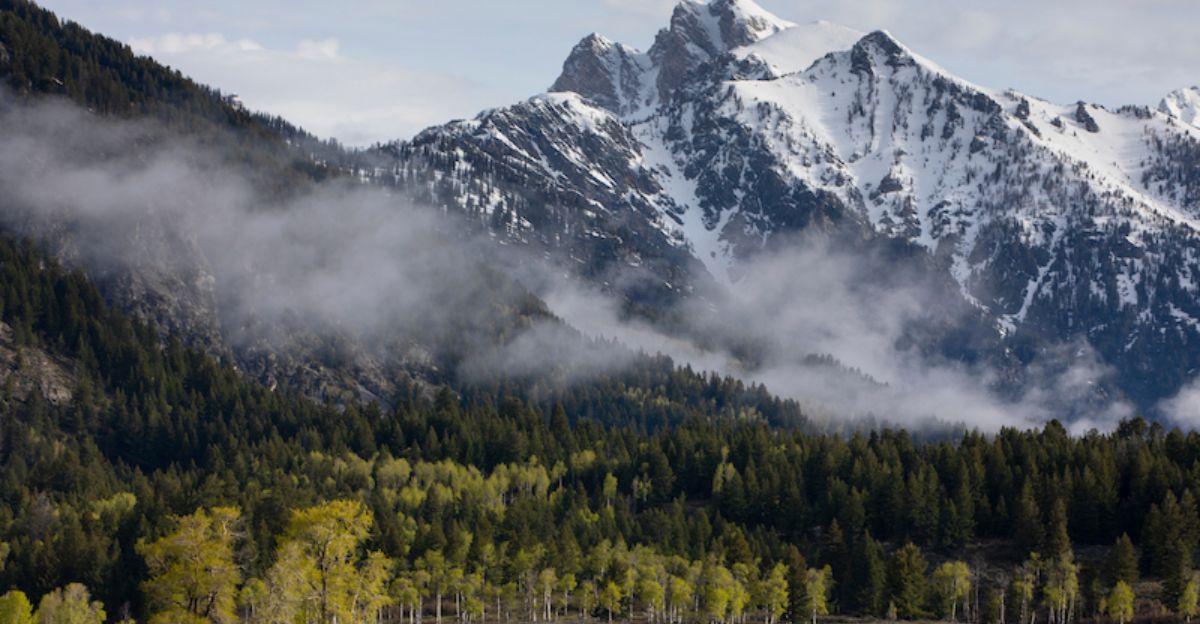
The America the Beautiful initiative aims to conserve 30% of U.S. lands and waters by 2030, aligning with global biodiversity targets under the UN Convention on Biological Diversity. The Biden administration has committed $1 billion to public-private partnerships supporting ecosystem conservation, emphasizing locally led efforts.
This ambitious goal seeks to protect critical habitats, restore degraded ecosystems, and enhance climate resilience. These efforts represent a national commitment to reversing biodiversity loss while fostering economic and community benefits tied to healthy ecosystems.
Role of U.S. States in Biodiversity Protection

Without a formal national biodiversity strategy, states like California, New York, Utah, Vermont, and Washington have independently advanced 30×30 conservation goals. These states enact legislation addressing wildlife diseases and trafficking, critical yet often overlooked drivers of biodiversity loss.
State-level actions complement federal efforts by tailoring conservation to regional ecosystems and species, demonstrating the importance of decentralized leadership in biodiversity protection amid a fragmented policy landscape.
Strengthening State Endangered Species Acts (SESAs)
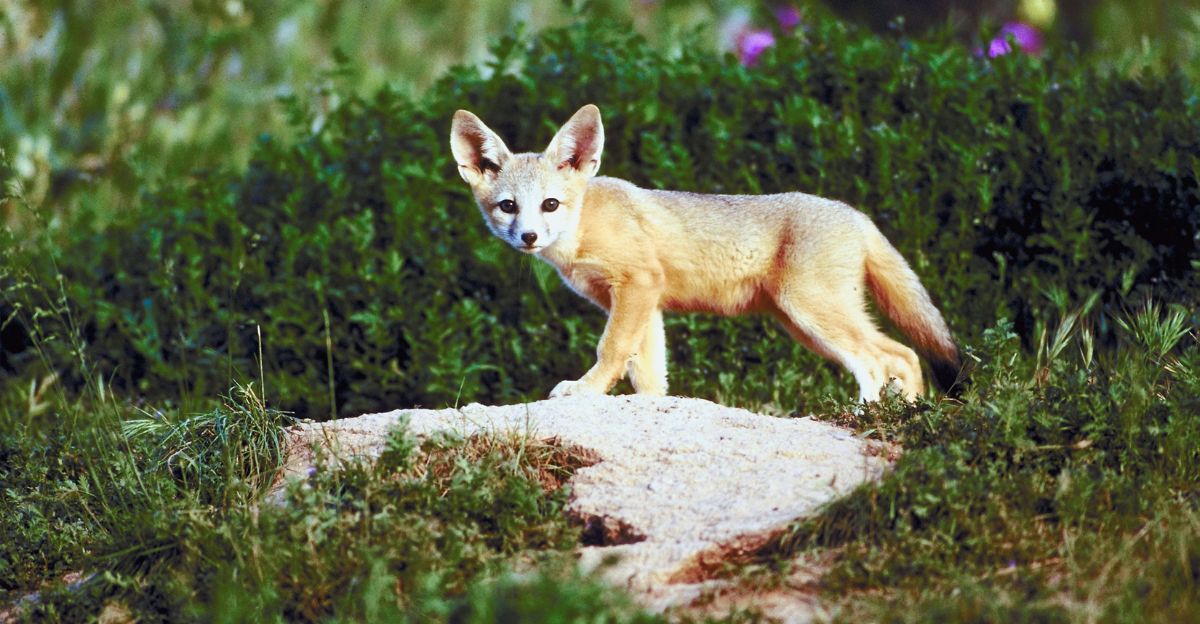
State Endangered Species Acts (SESAs) are vital complements to the federal Endangered Species Act by addressing local conservation priorities and emerging threats such as climate change and invasive species. Forty-seven states and Puerto Rico have enacted SESAs, which enable quicker and regionally relevant responses to species declines.
These laws help fill gaps in federal protections, often providing critical early intervention to prevent species extinction and support biodiversity resilience at the state level.
Success Stories in Species Recovery
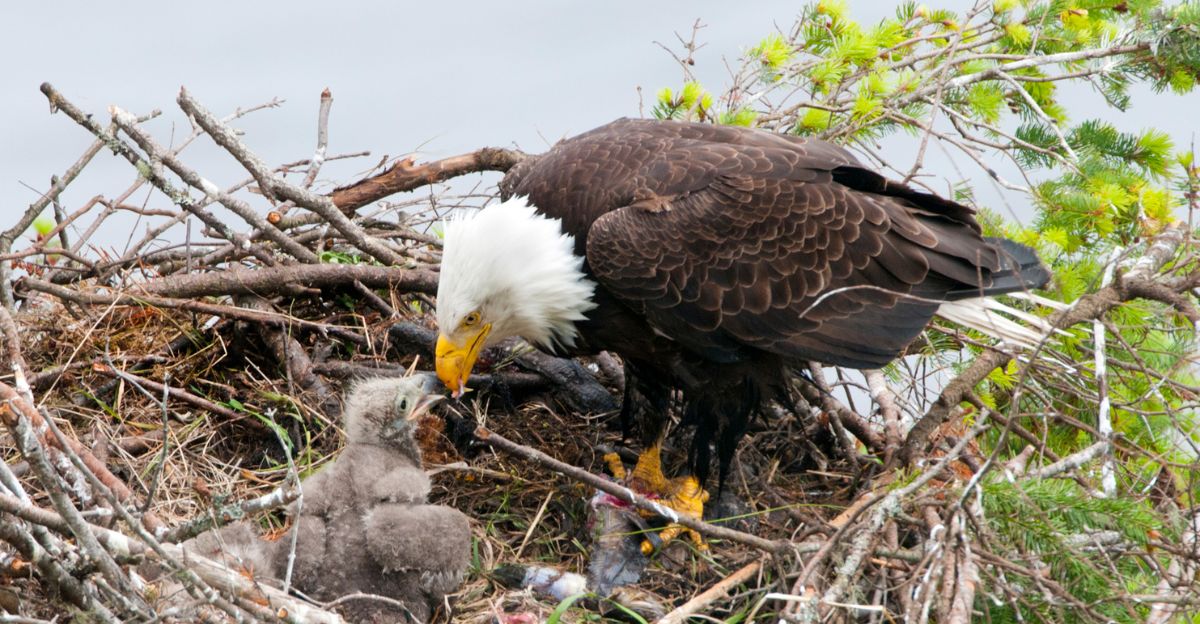
Conservation policies like the Endangered Species Act and the Recovering America’s Wildlife Act (RAWA) have driven notable species recoveries. With bipartisan support, RAWA proposes $1.397 billion annually to fund state and tribal wildlife recovery programs.
Success stories include rebounds of bald eagles, gray wolves, and wild turkeys, illustrating that targeted investment and policy innovation can reverse declines even amid broader biodiversity loss. These examples highlight the potential for scalable conservation success.
The Intersection of Conservation and Climate Change

Conservation is a powerful nature-based climate solution, enhancing carbon storage and reducing ecosystem degradation. The U.S. plans to simultaneously conserve global forests and halt illegal timber trade, mobilizing $9 billion by 2030 to combat climate change and biodiversity loss.
Protecting ecosystems like forests and wetlands preserves species and mitigates greenhouse gas emissions, underscoring the intertwined nature of climate action and biodiversity conservation.
The Role of Protected Areas and National Parks
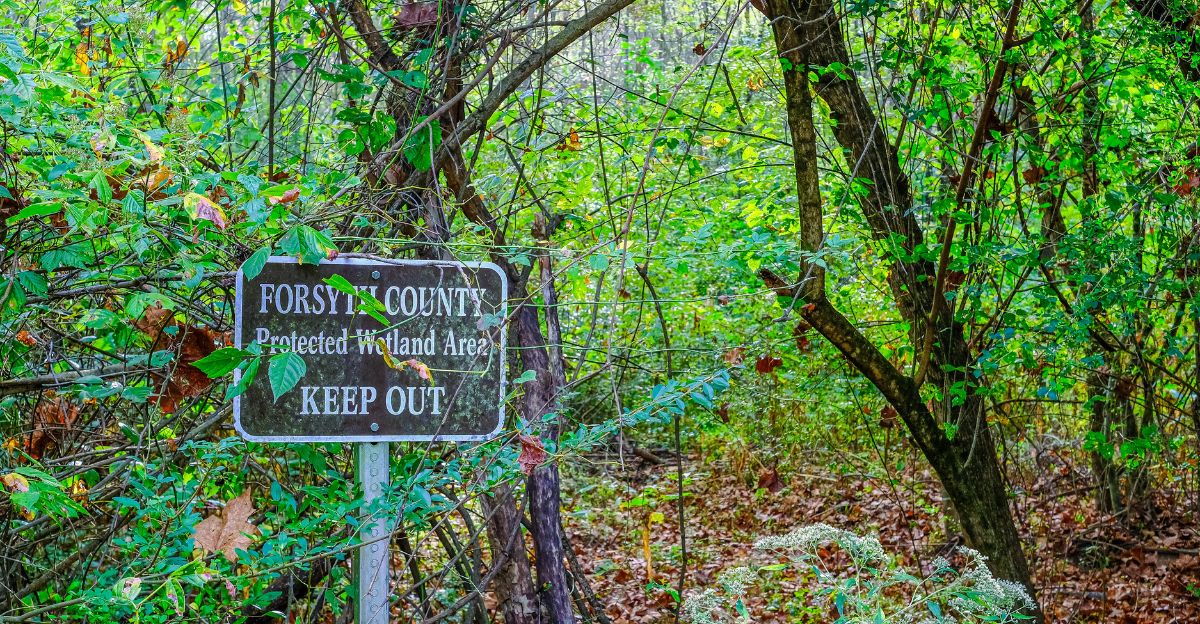
Expanding protected areas such as national parks and wildlife refuges safeguards biodiversity hotspots. The National Park Service promotes biodiversity through programs like BioBlitzes and citizen science, engaging the public in monitoring species and habitats.
These protected lands serve as refuges for imperiled species and natural laboratories for ecological restoration, playing a crucial role in maintaining ecosystem functions amid growing environmental pressures.
Collaborative and Inclusive Conservation Approaches

Effective conservation increasingly relies on collaboration among Indigenous peoples, private landowners, local communities, and governments. The America the Beautiful campaign emphasizes respect for tribal sovereignty, science-based strategies, and locally led efforts.
This inclusive approach recognizes that biodiversity protection benefits from diverse knowledge systems and shared stewardship, fostering resilient landscapes and stronger social support for conservation.
Challenges and Unconventional Perspectives

Despite progress, the U.S. lacks a formal National Biodiversity Strategy, limiting coordinated action. Halting biodiversity loss requires cutting global production and consumption footprints by half, a daunting challenge beyond traditional conservation.
Surprisingly, legislation targeting wildlife trafficking and disease control emerges as a critical tool for biodiversity protection, highlighting unconventional intersections between law enforcement and conservation. These challenges call for innovative, cross-sectoral solutions.
The Path Forward for Biodiversity in America
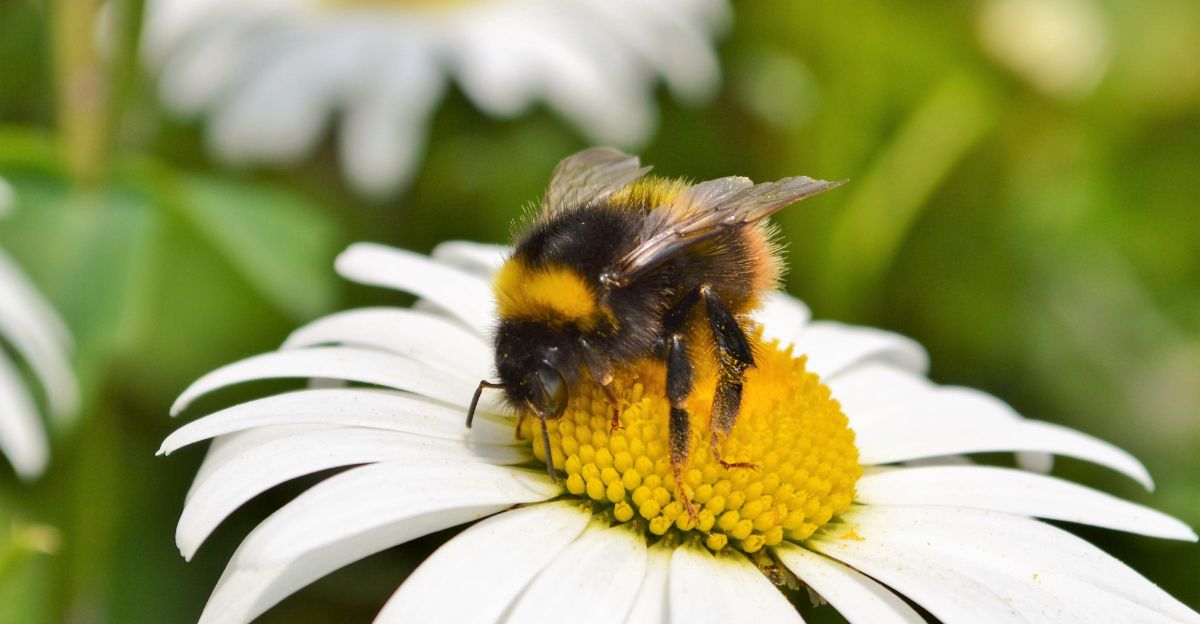
Conservation efforts demonstrate that species recovery is possible amid a biodiversity crisis. Achieving the 2030 goals demands sustained investment, policy innovation, and cooperation across federal, state, tribal, and local levels. Integrating biodiversity protection with climate action and sustainable development is essential for lasting impact.
The urgency to safeguard America’s natural heritage is apparent; success hinges on bold, inclusive, and science-driven strategies that address complex environmental and societal challenges.
Explore more of our trending stories and hit Follow to keep them coming to your feed!

Don’t miss out on more stories like this! Hit the Follow button at the top of this article to stay updated with the latest news. Share your thoughts in the comments—we’d love to hear from you!







